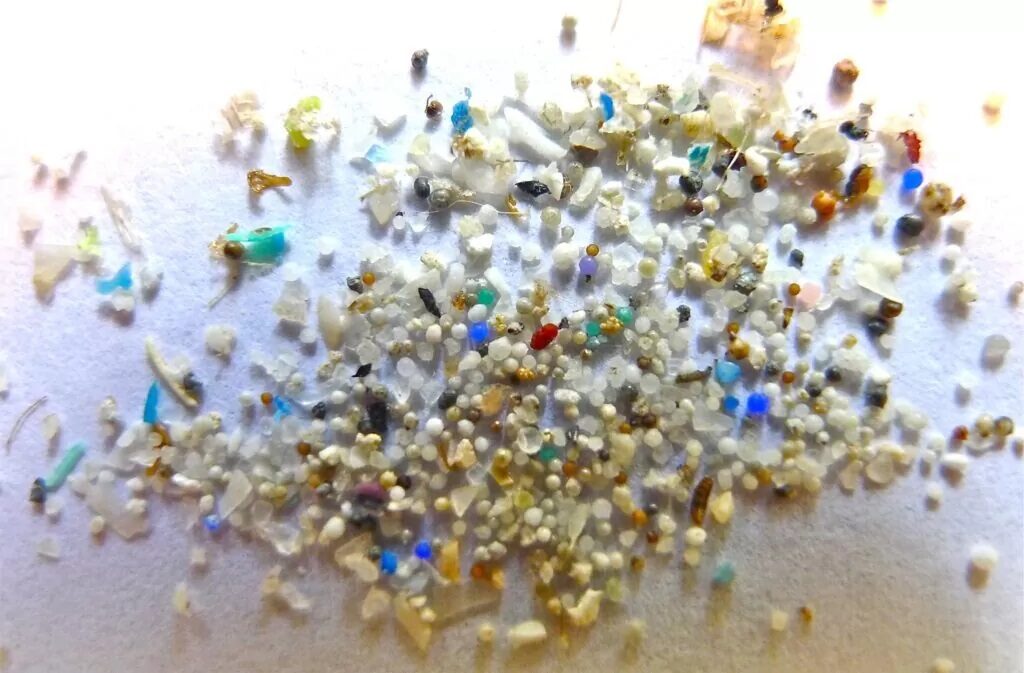Living With Microplastics, Is Not Fantastic
Aug 18, 2023 | Pratirodh Bureau
Microplastics may be able to enter our bodies through skin contact and we breathe in confirmed amounts daily (Image: 360info™)
- Microplastics are less than 5 mm in size – the size of two grains of sand or even less.
- Studies show that microplastics can cause neurotoxicity, immune system disruption and other health hazards in humans, but the full extent of toxic effects on humans and animals, remains unknown.
- Even after the Indian government announced a ban on certain single-use plastic items such as plates, cups and polystyrene (Thermocol), they still float around in the market.
- India does not yet have a policy on microplastics. However, researchers argue that it is important to discuss the impacts of microplastics on human health.
Plastic is pervasive in our lives – now in everything, everywhere, all at once. But plastic’s most sinister avatar is the one that’s barely visible – microplastic. It is less than 5 mm in size – the size of two grains of sand or even less. Microplastics are so ubiquitous in our world.
Where Do Microplastics Come From?
One, of course, is all the plastic you see around you that breaks down into small particles. Other sources of microplastics are all around us – road markings, tyres, marine equipment, synthetic clothing. However, microplastics are also manufactured for making plastic pellets and personal care products.
There is growing evidence that this tiny particle is a bigger problem than we might think. Microplastic is an emerging pollutant.
We are ingesting microplastics in many ways. Plastics that end up in the ocean break down to form microplastics that marine life ingests. Once in the food chain, it makes its way into our bodies. But it is not just fish-eaters who need to worry. Our sugar, honey and beer have the same problem.
While some estimates say that every week, you may be inhaling plastic that is equal to an entire credit card, researchers even found microplastic in the placenta of newborn babies.
Studies show that microplastics can cause neurotoxicity, immune system disruption and other health hazards in humans, but the full extent of toxic effects on humans and animals remains unknown.
Efforts To Curb Microplastic Pollution
India does not have a policy on microplastics yet. However, in July 2022, the government announced a ban on certain single-use plastic items such as plates, cups and polystyrene (Thermocol).
India’s Plastic Waste Management Rule was also amended in 2021 to increase the permitted thickness of plastic carry-bags. The thinner the bag, the higher the probability of its breakdown into microplastics. But with a lack of alternatives to plastic and poor implementation of rules, these banned items still float in the market.
In 2022, UN member states, including India, committed to developing a legally binding agreement by 2024 to ‘End Plastic Pollution’. The resolution addressed the full lifecycle of plastic, including its production, design and disposal.
Need For More Studies
There are over 10,000 unique chemicals used to make plastic of different kinds. A quarter of them are of potential concern to human health. So, if microplastics come from plastics, can’t these ingredient chemicals tell us something about the impacts?
“The discussions are not really happening around what kind of chemicals are being used and what would be the long-term effects of these chemicals on the human health and on the environment,” states Siddharth Singh from Centre for Science and Environment.” Singh argues that it is imperative to start talking about microplastics in our country to safeguard the health of citizens.
